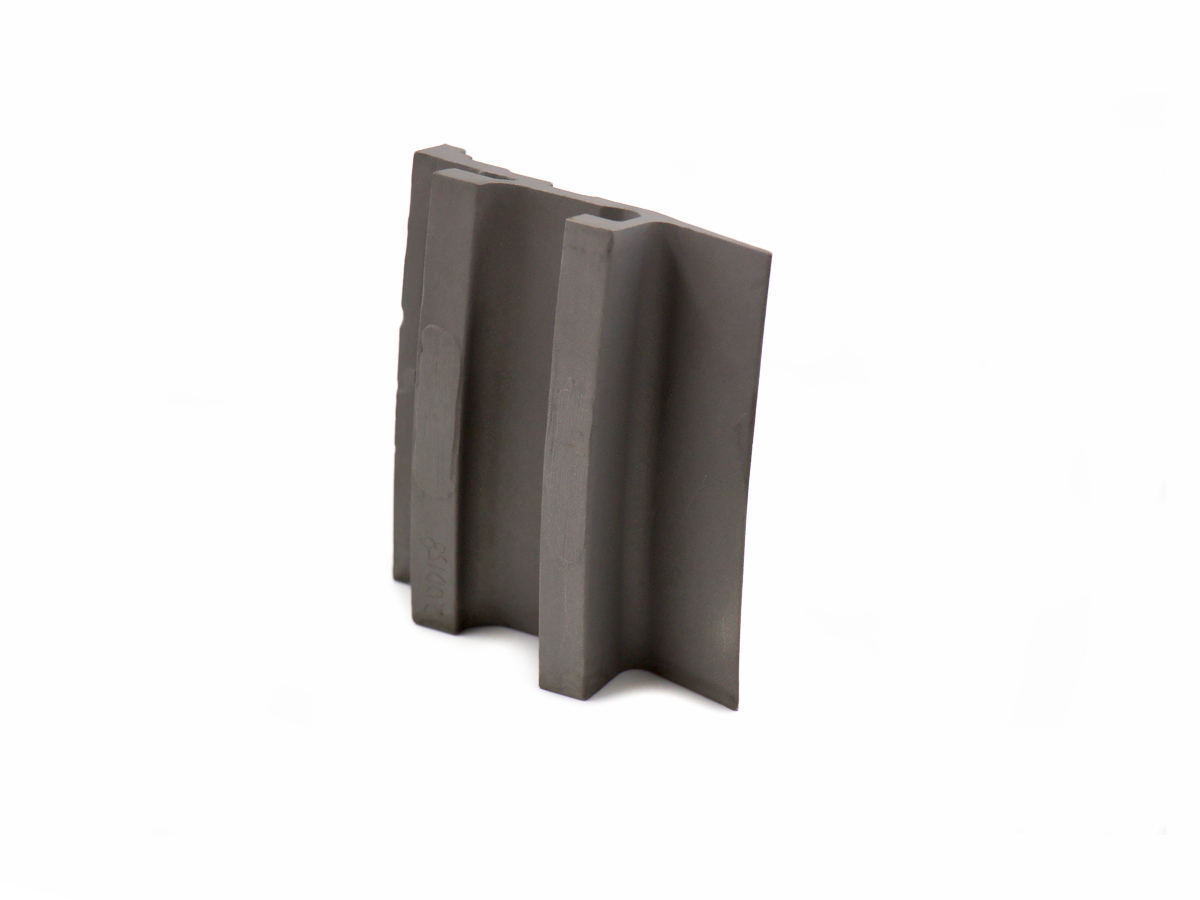UAM 3D Printing Service: Multi-Material Superalloy Parts Without Melting
Introduction
Ultrasonic Additive Manufacturing (UAM) is a groundbreaking solid-state 3D printing technology, capable of producing multi-material superalloy parts without melting. Leveraging ultrasonic vibrations to create metallurgical bonds at temperatures below 150°C, UAM effectively combines superalloys such as Inconel 718, Titanium Alloys, and even copper, delivering superior bond strength, low residual stress, and exceptional mechanical integrity.
Compared to traditional fusion-based methods, UAM reduces thermal distortion by up to 90%, enabling precise integration of electronics, fibers, and sensors directly into metal structures, significantly enhancing performance and functionality.
Applicable Material Matrix
Material | Bond Strength (MPa) | Density (g/cm³) | Electrical Conductivity (% IACS) | Operating Temp. (°C) |
|---|---|---|---|---|
>450 | 8.19 | 2.0 | 700 | |
>500 | 4.43 | 1.0 | 400 | |
>400 | 8.96 | 101 | 250 | |
>350 | 2.70 | 40 | 170 | |
>380 | 7.95 | 2.3 | 600 |
Material Selection Guide
Inconel 718: Preferred for aerospace engine structures and turbine components, providing excellent fatigue resistance and bond strength (>450 MPa) without thermal distortion.
Ti-6Al-4V: Optimal for lightweight structural assemblies and biomedical implants, ensuring high strength-to-weight ratio and minimal residual stress.
Copper C101: Ideal for integrating thermal management features and electrical pathways, offering superb electrical conductivity (101% IACS).
Aluminum 6061: Suitable for lightweight automotive and aerospace structures, achieving excellent machinability and moderate bond strength (>350 MPa).
Stainless Steel 316L: Recommended for corrosion-resistant structures in marine, medical, and chemical processing applications.
Process Performance Matrix
Attribute | UAM Performance |
|---|---|
Dimensional Accuracy | ±0.1 mm |
Layer Thickness | 25–150 μm |
Minimum Feature Size | 0.5 mm |
Surface Roughness | Ra 3–6 μm |
Operating Temperature | Ambient (<150°C) |
Process Selection Guide
Multi-Material Capability: Perfectly suited for combining metals like aluminum, titanium, copper, and superalloys within a single integrated structure.
Minimal Thermal Stress: Reduced residual stresses and distortions, preserving dimensional accuracy and mechanical properties.
Integrated Functionality: Ideal for embedding sensors, electronics, and cooling channels directly into metallic components.
Precision Bonding: Achieves reliable metallurgical bonds (>500 MPa) without melting, ideal for sensitive applications.
Case In-Depth Analysis: UAM Inconel 718 and Copper Hybrid Aerospace Heat Exchanger
An aerospace client required a complex hybrid heat exchanger combining the high-temperature strength of Inconel 718 with the superior thermal conductivity of Copper C101. Utilizing our UAM 3D printing service, we successfully fabricated a fully integrated structure without melting, achieving bond strengths exceeding 450 MPa. The resulting component demonstrated 40% improved thermal management, a 25% weight reduction, and minimized residual stress. Post-processing included precision CNC machining and controlled heat treatment to enhance mechanical and thermal performance.
Industry Applications
Aerospace and Aviation
Integrated cooling structures for aircraft electronics.
Multi-material brackets combining lightweight alloys and superalloys.
Sensor-embedded structural panels for real-time health monitoring.
Automotive
Lightweight multi-material chassis components.
Embedded cooling channels in electric vehicle powertrains.
Advanced battery housings integrating structural and thermal management solutions.
Energy and Power
Complex heat exchangers for renewable energy systems.
Multi-metal components for nuclear reactors with integrated sensor arrays.
Corrosion-resistant structures combining stainless steel and superalloys.
Mainstream 3D Printing Technology Types for Industrial Applications
Selective Laser Melting (SLM): Ideal for high-density metal parts demanding fine resolution and excellent mechanical properties.
Electron Beam Melting (EBM): Preferred for aerospace applications requiring superior fatigue resistance and full density.
Binder Jetting: Efficient for rapid prototyping and scalable production of moderate complexity components.
Direct Metal Laser Sintering (DMLS): Best suited for intricate, high-precision metal parts with complex geometries.
Directed Energy Deposition (DED): Optimal for repairing, modifying, or enhancing existing metal components with precision.
FAQs
What advantages does UAM offer over traditional melting-based 3D printing methods?
Which material combinations are optimal for UAM multi-material integration?
What is the maximum component size achievable with UAM technology?
How does UAM technology ensure strong metallurgical bonding without melting?
What are typical post-processing methods for UAM-produced components?

